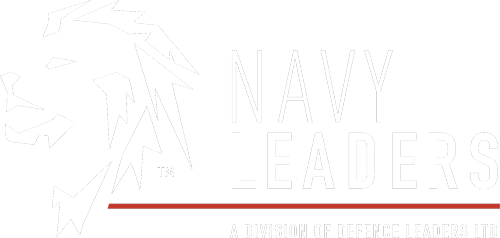U.S. Navy Collecting Surveillance Balloon Debris
)
The U.S. military today began collecting the remnants of a Chinese high-altitude surveillance balloon shot down by an Air Force fighter over the weekend.
Air Force Gen. Glen D. VanHerck, commander of the North American Aerospace Defense Command and U.S. Northern Command, said the recovery effort began about 10 a.m. Rough seas thwarted safe, comprehensive debris collection yesterday, he said.
On Saturday, an F-22 Raptor fighter from the 1st Fighter Wing at Langley Air Force Base, Virginia, fired one AIM-9X Sidewinder missile at the balloon, which had floated southeastward across the United States.
It fell about six miles off the coast of South Carolina into about 50 feet of water. No one was hurt.
Precautions are being taken during the salvage operation in case explosives or toxic substances are present, VanHerck said.
Due to changing ocean currents, it's possible that some debris could escape notice and wash ashore. VanHerck said members of the public can be assist by informing local law enforcement personnel if they spot remnants of the balloon; they should not collect it themselves.
The USS Carter Hall, an amphibious landing ship, is collecting debris in the vicinity of the splashdown, he said.
The USNS Pathfinder, a survey ship, is mapping the ocean floor using sonar for the debris search, VanHerck said.
Explosive ordnance members and at least one unmanned underwater vehicle are also participating, he said.
In addition, VanHerck said the Coast Guard cutters Venturous, Richard Snyder and Nathan B. Bruckenthal, along with Coast Guard aviation support, are keeping the area safe for military personnel and the general public.
A U.S. Coast Guard helicopter flies over a debris field during recovery efforts of a high-altitude surveillance balloon. The Navy, in joint partnership with the U.S. Coast Guard, are providing multiple units in support of the effort, including ships, aircraft and an Explosive Ordnance Disposal mobile diving and salvage unit. At the direction of the President of the United States and with the full support of the Government of Canada, U.S. fighter aircraft under U.S. Northern Command authority engaged and brought down a high altitude surveillance balloon within sovereign U.S. airspace and over U.S. territorial waters Feb. 4, 2023. Active duty, Reserve, National Guard, and civilian personnel planned and executed the operation, and partners from the U.S. Coast Guard, Federal Aviation Administration, and Federal Bureau of Investigation ensured public safety throughout the operation and recovery efforts. (U.S. Navy photo by Lt. j.g. Jerry Ireland)
Cmdr. Brad A. Fancher, commanding officer of the dock landing ship USS Carter Hall (LSD 50), observes the debris field of a high-altitude surveillance balloon. Carter Hall is the lead ship in debris recovery efforts led by the Navy, in joint partnership with the U.S. Coast Guard, with multiple units in support of the effort, including ships, aircraft, and an Explosive Ordnance Disposal mobile diving and salvage unit. At the direction of the President of the United States and with the full support of the Government of Canada, U.S. fighter aircraft under U.S. Northern Command authority engaged and brought down a high altitude surveillance balloon within sovereign U.S. airspace and over U.S. territorial waters Feb. 4, 2023. Active duty, Reserve, National Guard, and civilian personnel planned and executed the operation, and partners from the U.S. Coast Guard, Federal Aviation Administration, and Federal Bureau of Investigation ensured public safety throughout the operation and recovery efforts.(U.S. Navy photo by Lt. j.g. Jerry Ireland)
Seaman Rafael Mendez stands watch aboard the dock landing ship USS Carter Hall (LSD 50) while the guided-missile destroyer USS Oscar Austin (DDG 79) and the guided-missile cruiser USS Philippine Sea (CG 58) transit alongside debris from a high-altitude surveillance balloon. Carter Hall is the lead ship in debris recovery efforts led by the Navy, in joint partnership with the U.S. Coast Guard, with multiple units in support of the effort, including ships, aircraft, and an Explosive Ordnance Disposal mobile diving and salvage unit. At the direction of the President of the United States and with the full support of the Government of Canada, U.S. fighter aircraft under U.S. Northern Command authority engaged and brought down a high altitude surveillance balloon within sovereign U.S. airspace and over U.S. territorial waters Feb. 4, 2023. Active duty, Reserve, National Guard, and civilian personnel planned and executed the operation, and partners from the U.S. Coast Guard, Federal Aviation Administration, and Federal Bureau of Investigation ensured public safety throughout the operation and recovery efforts. (U.S. Navy photo by Lt. j.g. Jerry Ireland)
The FBI and Naval Criminal Investigative Service agents are embedded with salvage operations personnel to assist in counterintelligence work, he added.
VanHerck mentioned that the Federal Aviation Administration was helpful in closing air space when the balloon was being shot down.
It's truly been an interagency team effort, VanHerck noted.
